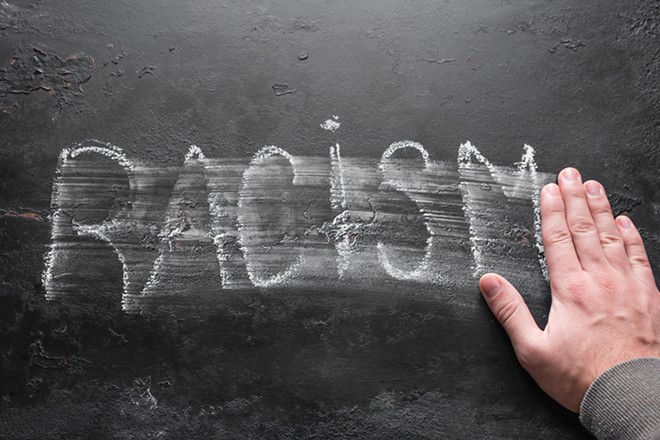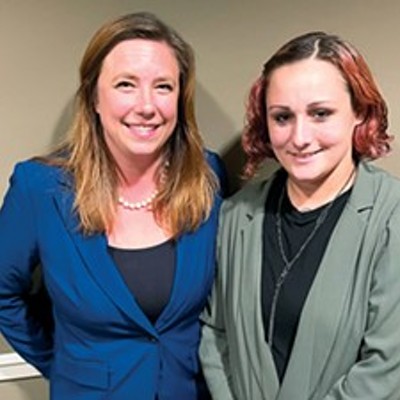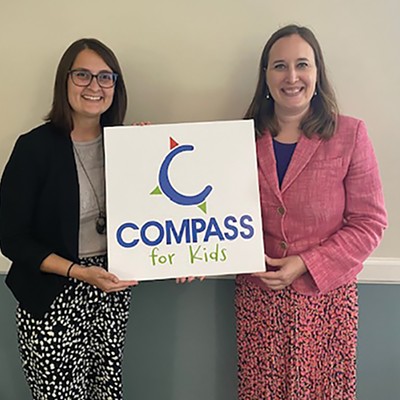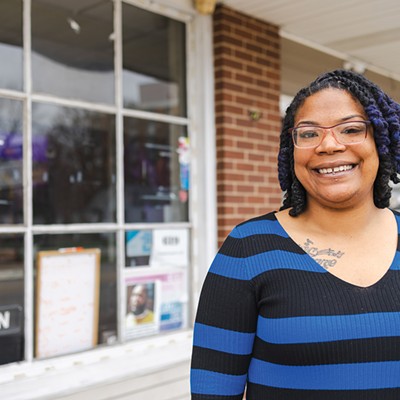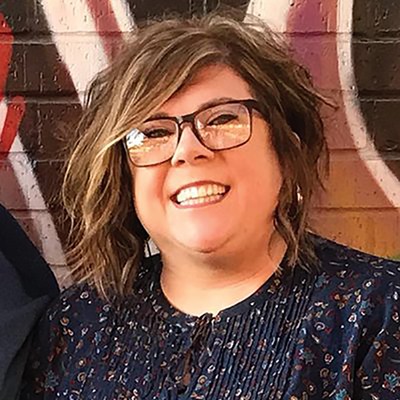Willie Moore was a Black man who endured segregation and saw the school where he taught integrated after a long fight for racial equality.
He loved teaching history but there was one topic he avoided: The civil rights movement.
"It was just too controversial to talk about. The students came from families that had different opinions on it. So, I just avoided teaching about it," he told me on a hot Mississippi day as his Brahman cows grazed nearby and we sat on his rickety porch shooting the breeze.
In 2018, I'd stopped at Moore's farm to interview him for a book I'm writing.
But we spent most of the time sitting and talking about Southern history. He recalled when 14-year-old Emmett Till was murdered in 1955 in Money, Mississippi, for whistling at a white woman. In the 1970s, the small town where he lived had one Black police officer – who was only allowed to arrest other Black people. He discussed the marches and the strife of the 1960s, a time when Black and white people used separate restrooms, drinking fountains and schools.
In our hour-long chat, he told me more about race and Mississippi than he likely ever shared with his students. Even today, Confederate flags fly in front of plantation homes just down the road from where Moore resided.
On social media recently, I received a survey question from U.S. Rep. Rodney Davis, R-Taylorville, asking whether I thought "Critical Race Theory" should be taught in schools.
Supporters of teaching critical race theory contend race is a social construct, and that racism is not merely the product of individual bias or prejudice, but also something embedded in legal systems and policies. Conservative critics counter that the foundation of the theory is that the United States is fundamentally racist and that it leads students to feel guilty for past actions by white people.
Here is what I do know: Our schools have done a lousy job of teaching about race, discrimination and their role in history. And we need to do better.
I remember first learning about the Civil Rights Movement in 1971, when I was in the first grade. A local radio personality, Jimmy Carr, came and spoke about Martin Luther King on the leader's birthday. Carr's daughter, Jamie, was our only Black classmate in Caroline Broadhead's class at Bateman Elementary School in Galesburg.
Mrs. Broadhead was an exceptional teacher. She recognized a need and found a local person to speak to it. King had been killed less than three years before and his death was a fresh scar on the nation's conscience.
In the third grade, our teacher taught about King's "I Have a Dream" speech and how segregation had once been a problem in the South. It was taught straight from the book. Never was it mentioned that racism was a problem in our own community.
The beaches at the city park, Lake Story, had been segregated until just a few years before. Whites used the beach on the north side and Blacks the one on the south side.
Some Galesburg restaurants turned Black diners away. Real estate agents often wouldn't show people of color homes north of Main Street. And the local newspaper's society page wouldn't write about events south of Main Street.
The ornate Orpheum Theater had Black people sit in the balcony, apart from white folks.
But our teacher taught us that segregation was a Southern problem. Was she ignorant of segregation in our hometown? Or perhaps she thought it was a lesson too close to home. She would never receive a medal for courage in the classroom.
In a world of right and wrong, she chose a third route: compliance.
My first exposure to the concept of lynching was when our teacher told the Emmett Till story in our ninth grade civics class. The inflection of his voice and the smug manner in which he told of how Emmett was killed struck me as odd. In his rendition, the bad guys weren't those who kidnapped and killed the 14-year-old child. It was Emmett himself.
For years, allegations of racism clung to our teacher, Ken Phlamm, like a cheap polyester suit on a hot day. The school district was either unwilling or unable to fire him despite calls for doing just that from the Galesburg Human Relations Commission and the National Association for the Advancement of Colored People.
I used to think my hometown was unique in the way it avoided discussing its racism until I worked as a reporter in Galveston, Texas, in the 1980s. The faded letters of "Colored" could still be seen above some public doorways. But whenever I would ask older white people what the fight for integration was like, they would shrug and say it was "No big deal" and point to some distant community where things were "really bad."
When I'd posed the same question to Black folks, the answer was always the same: "It was awful."
Critics of Critical Race Theory often point to the 1619 Project, a Pulitzer Prize-winning endeavor by the New York Times Magazine looking at the legacy of 400 years of slavery on what is now the United States.
Some conclusions in the project I agreed with. Others I didn't. But that's OK. When you read something, it should provoke thought, not adherence.
Our youngsters deserve to be taught the facts and should be allowed to reach conclusions on their own.
Scott Reeder is staff writer for Illinois Times. Contact him at [email protected].

